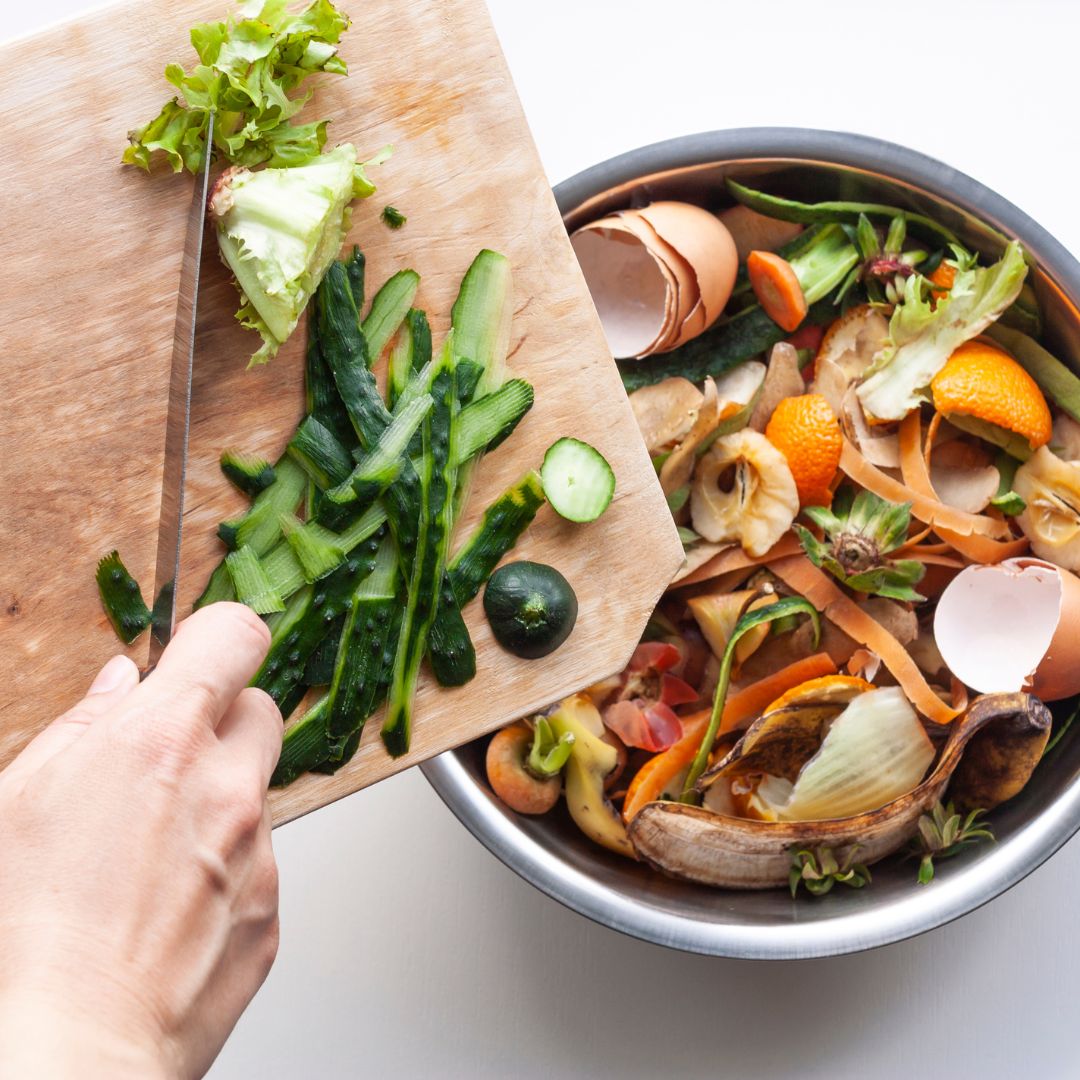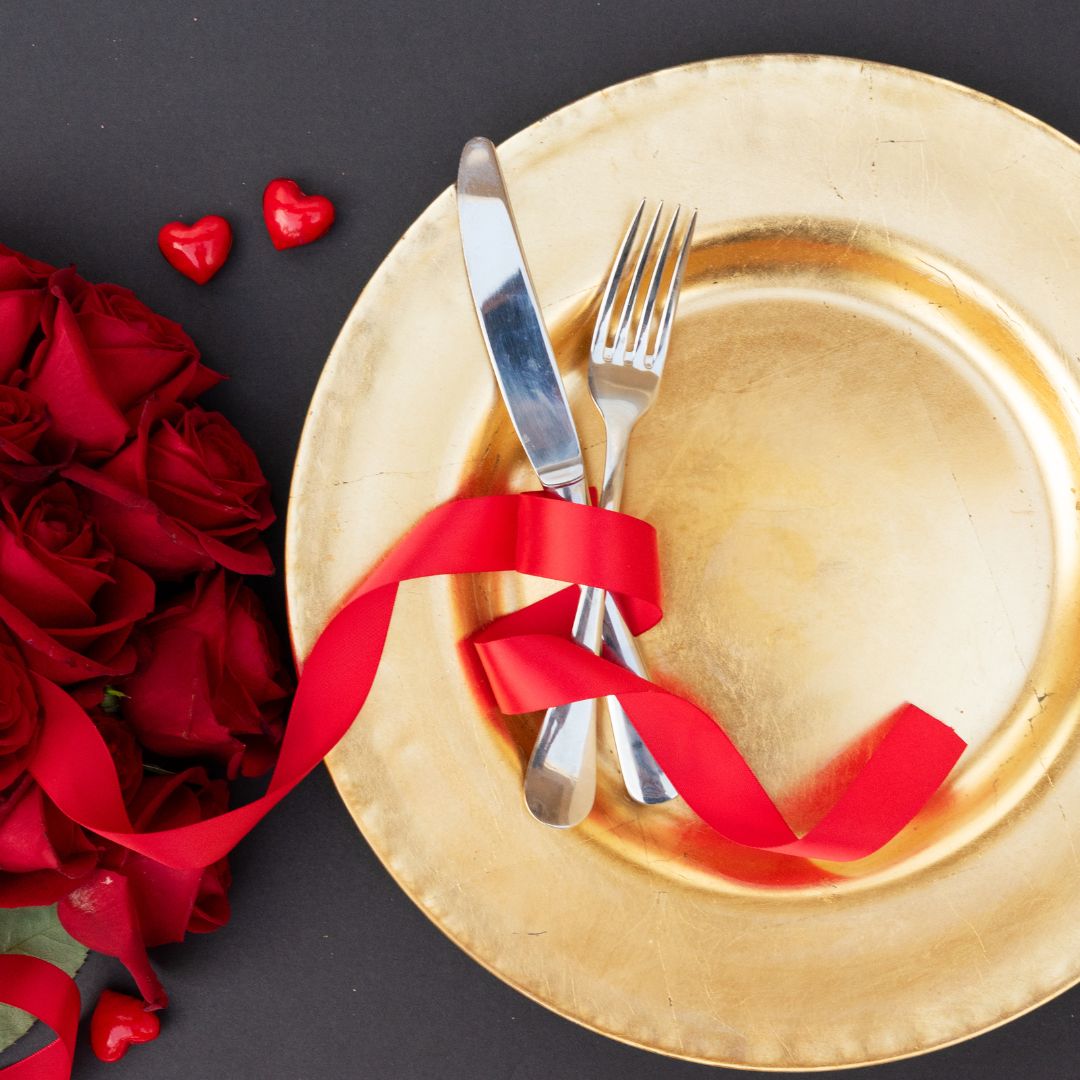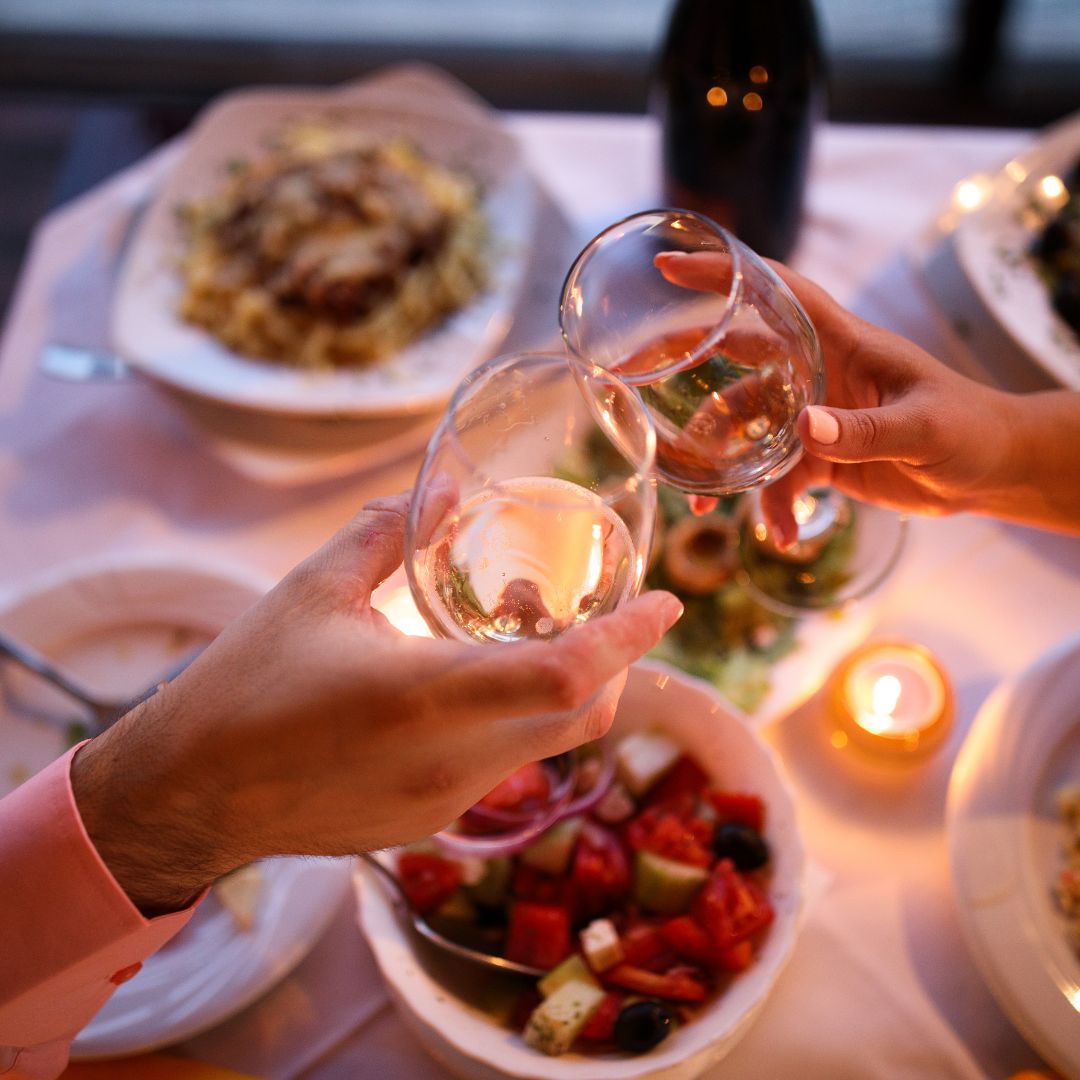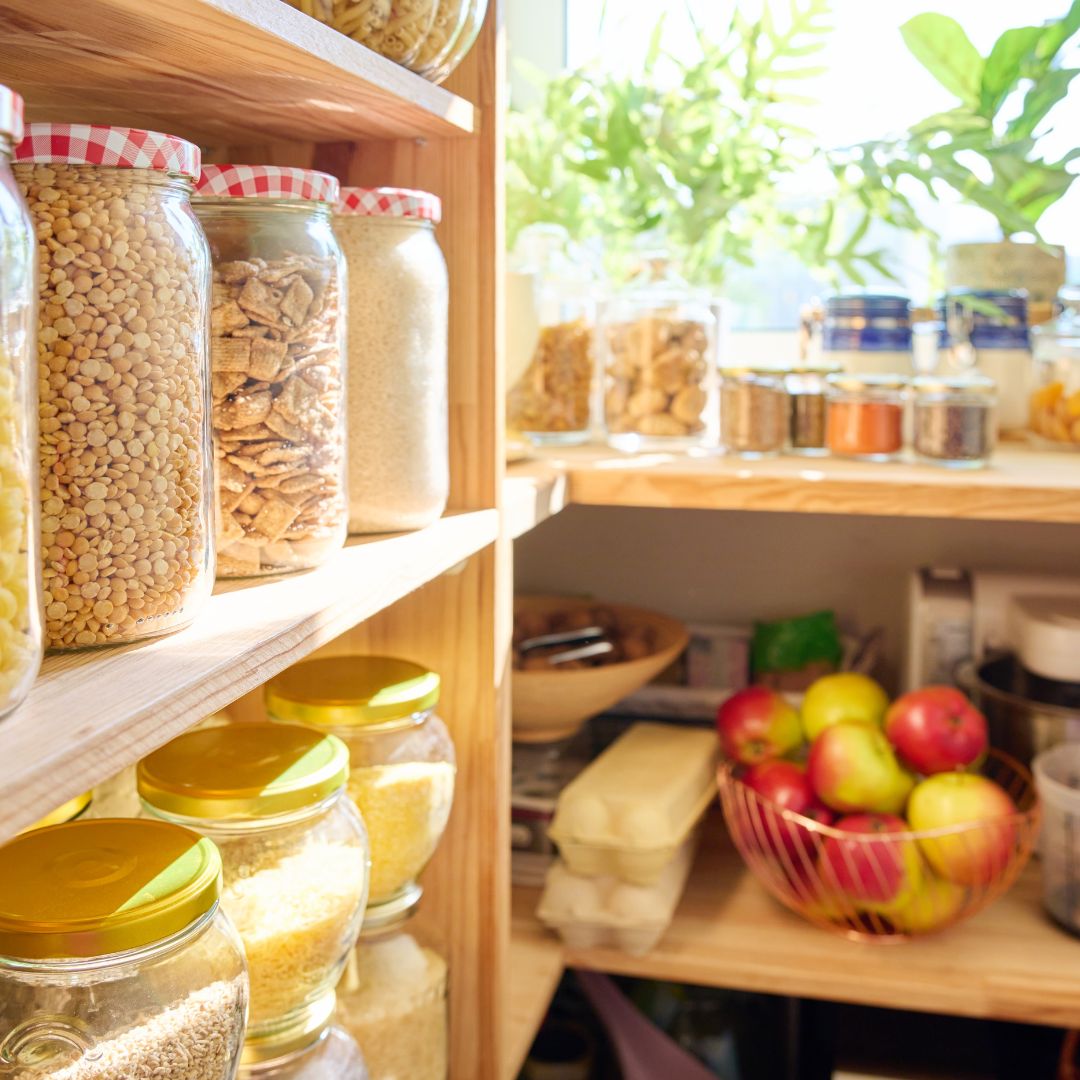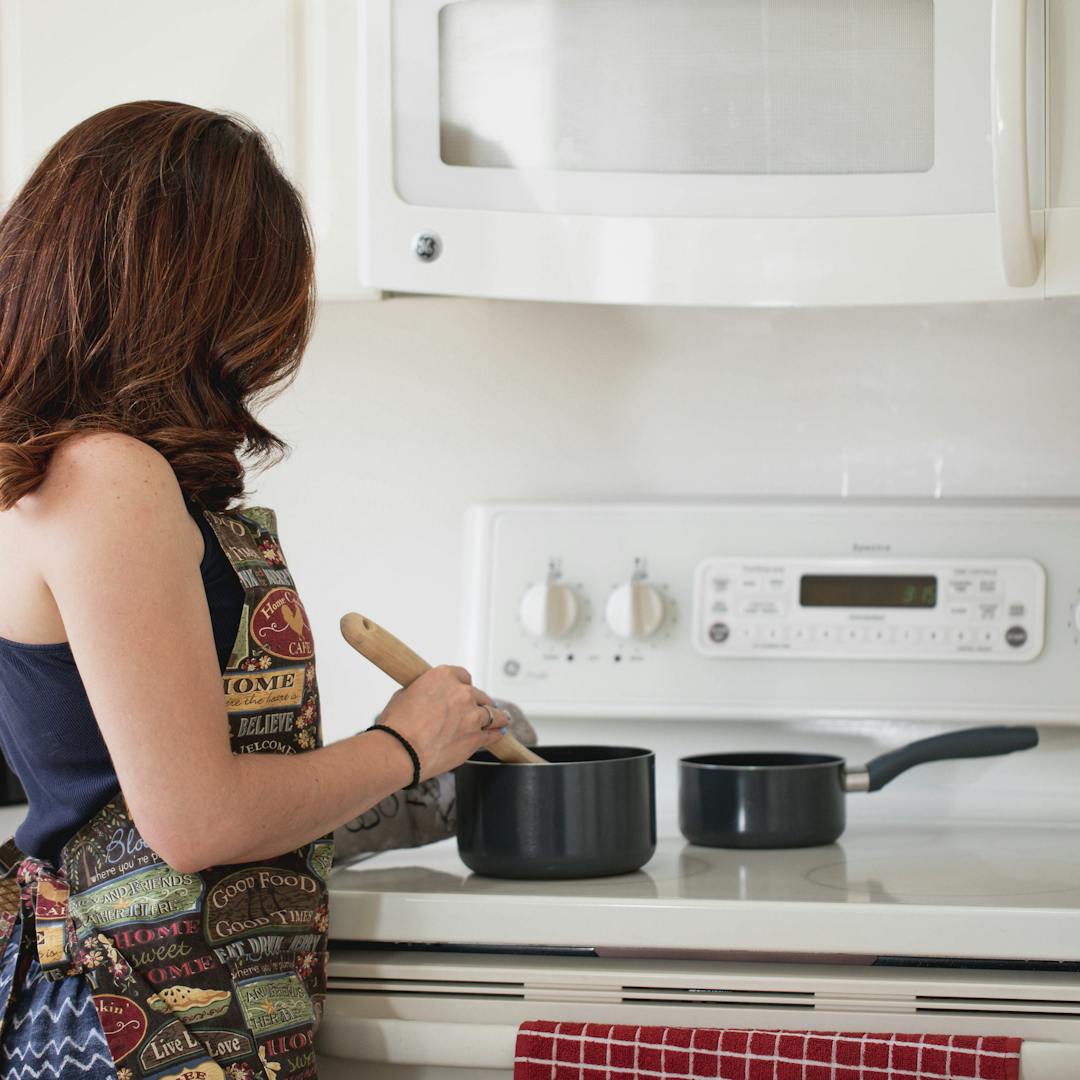What is blanching and how to do it?
2022. 04. 12.
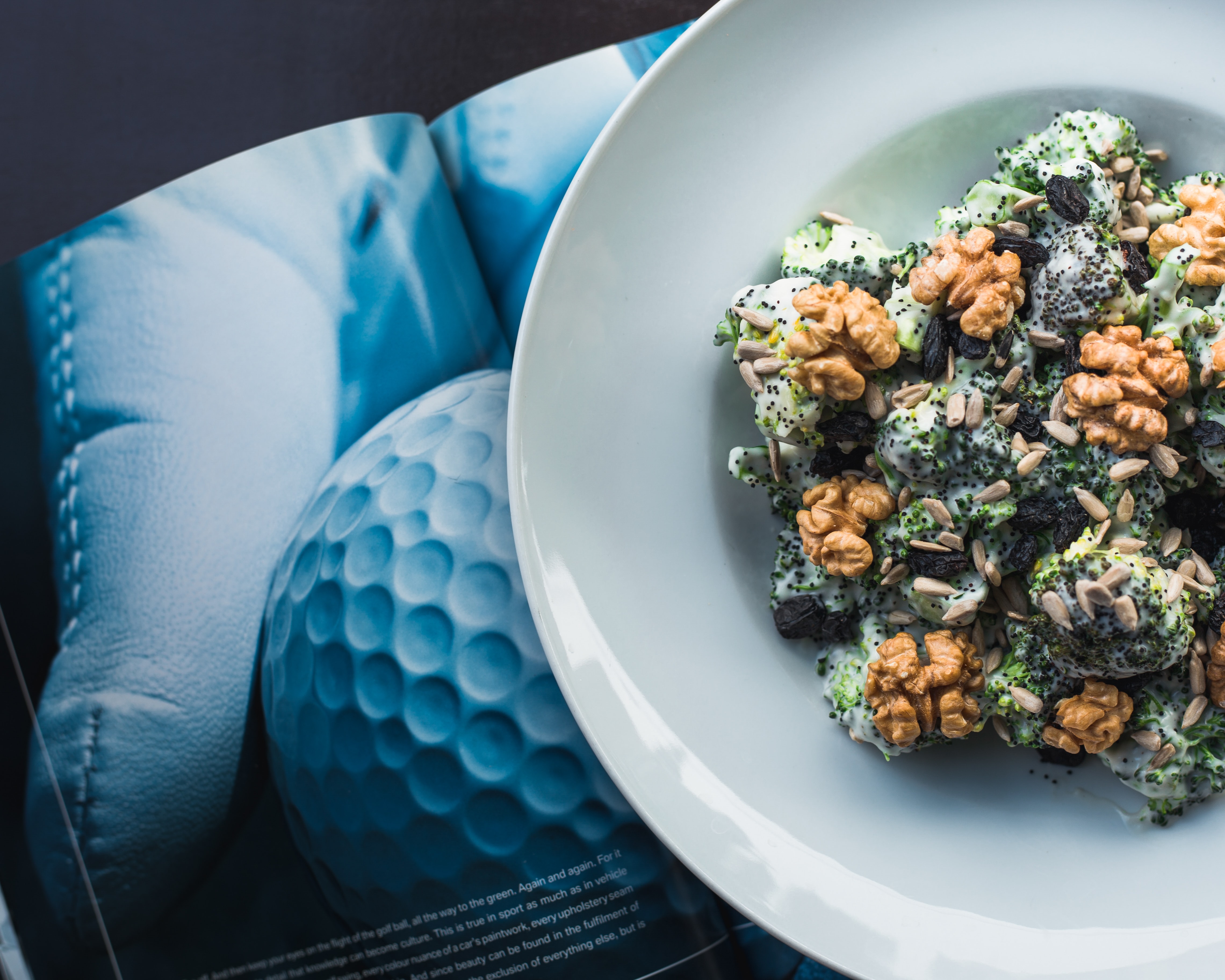
Blanching, like other kitchen processes, is becoming more and more common, but it is still a scary term for many. However, it is worth using this solution many times, for example if you want divine, crunchy vegetables.
What are the benefits of blanching?
First of all, the biggest advantage of blanching is that we can prevent the browning and unpleasant side flavors associated with the aging and fermentation of vegetables. For example, before freezing. Because during blanching, you deactivate the enzymes that are responsible for fermentation. Thanks to blanching, the color of the heat-treated vegetables remains bright, the texture becomes crunchy, and the taste is intense.
Blanching as a kitchen process
What does blanching look like? It's actually very simple. Throw the vegetable, fruit or seed you want to blanch into the boiling water. Broccoli or Brussels sprouts are typically such vegetables.
When blanching, when measuring the water, it is also worth paying attention that the large amount of vegetables does not cool down the temperature of the water, since the raw material to be blanched must be placed in boiling water. Because the essence of blanching is a short but intense heat treatment, followed by sudden cooling.
Leafy greens and other smaller vegetables, such as green peas, should be kept in the hot water for two minutes. Larger cut vegetables, broccoli, cauliflower and Brussels sprouts should be boiled for 3 minutes.
Then take the vegetables out of the water and put them in ice water. Measure the amount of ice for the vegetables, because if the water suddenly warms up and the ice melts, you will not achieve anything with the shocking cold treatment.
Blanching is therefore such a simple technique. Since the essence of the operation is to stop the spread of the enzymes that cause decomposition, blanching preserves the intense aroma of the vegetable and fruit, and of course the nutrients contained in it, so there are quite a few situations when it is worth using this not-so-complicated knowledge.
Before vacuuming and freezing
If you want to store vegetables, meat, or even ready-made food for a longer period of time, you should turn to the vacuum process. If you want to start storing and freezing your food using this modern technique, take a look at our range. There are simpler vacuum packaging machines, and there are more serious ones that can also vacuum preserve jars, for example.
Plants such as broccoli, cauliflower and others should definitely be blanched before vacuuming, because their fermentation produces gases. But you can also blanch other vegetables, in order to preserve the nutritional content.
For peeling
Peeling tomatoes is quite a tricky task, and there are several vegetables that are quite a challenge to peel. In such cases, blanching can be a very good idea, as hot water makes it easier for the skin to separate from the meat. Oily seeds are also blanched, such as almonds, which are so popular in the confectionery industry. If you put the almonds that have been cleaned from the shell in hot water for a minute, then dry them thoroughly after the already mentioned ice water, then the inner brown shell layer will easily come off the seeds.
When preparing fresh, crunchy vegetable side dishes and salads
Most often, however, we turn to this kitchen procedure when we want to prepare divine, crunchy, aromatic vegetables. For example, we want a side dish with a good steak, or perhaps a divine salad. For example, a tasty broccoli salad with Greek yogurt, raisins and almonds. But the beetroot bulgur salad with feta cheese is also divine. Blanch the beetroot for 3 minutes, cut it into cubes to make it perfect, and at the end sprinkle the whole salad with toasted sunflower seeds.
If you want to cook many more exciting dishes and use the most professional tools for them, take a look at our products!
Most Popular Posts
Related products
GAMMO vacuum bag embossed 20x30cm
6,60 EUR(5,50 EUR + VAT)
TAKAJE vacuum sealer RED - 33cm
181,80 EUR(151,50 EUR + VAT)
TAKAJE vacuum sealer WHITE - 33cm
181,80 EUR(151,50 EUR + VAT)
TAKAJE vacuum sealer DELUXE - 33cm
249,60 EUR(208,00 EUR + VAT)
TRE SPADE T-43 PRO vacuum sealer - 43cm
516,60 EUR(430,50 EUR + VAT)
2026.01.31.
 Austria
Austria
 Belgium
Belgium
 Bulgaria
Bulgaria
 Croatia
Croatia
 Czech Republic
Czech Republic
 Denmark
Denmark
 Estonia
Estonia
 Finland
Finland
 France
France
 Germany
Germany
 Greece
Greece
 Hungary
Hungary
 Ireland
Ireland
 Italy
Italy
 Latvia
Latvia
 Lithuania
Lithuania
 Luxembourg
Luxembourg
 Netherlands
Netherlands
 Poland
Poland
 Portugal
Portugal
 Romania
Romania
 Slovakia
Slovakia
 Slovenia
Slovenia
 Spain
Spain
 Sweden
Sweden
